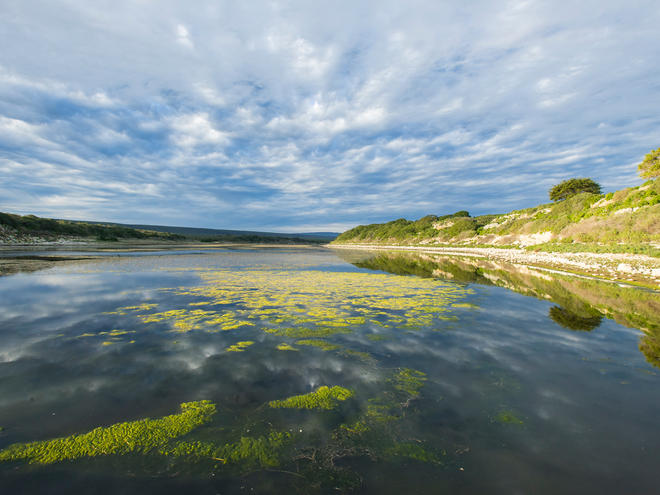What is a wetland? And eight other wetland facts
Published by the World Wildlife Fund
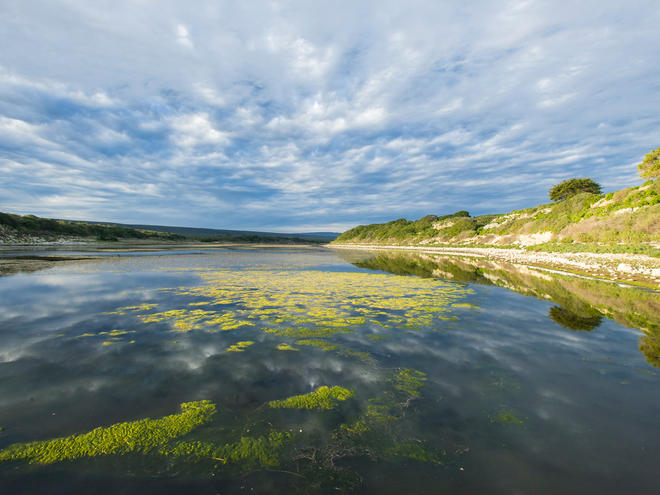

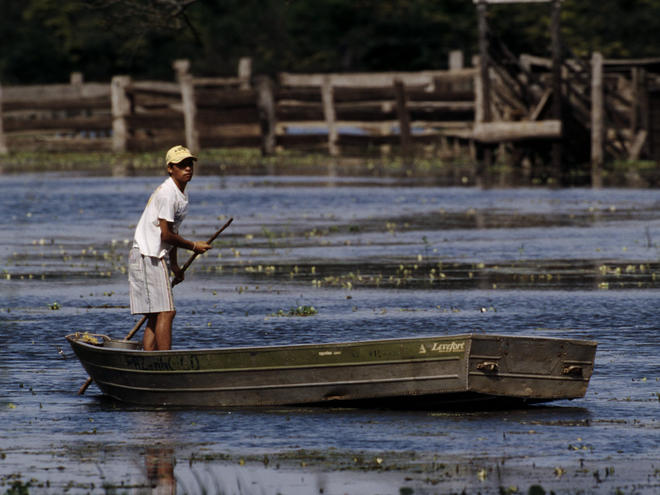
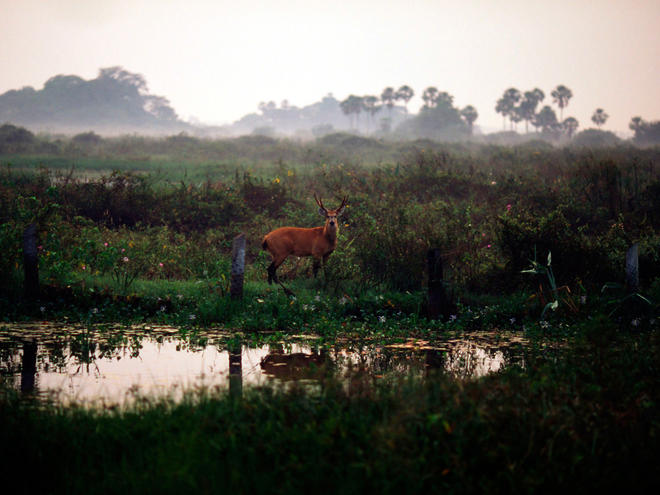
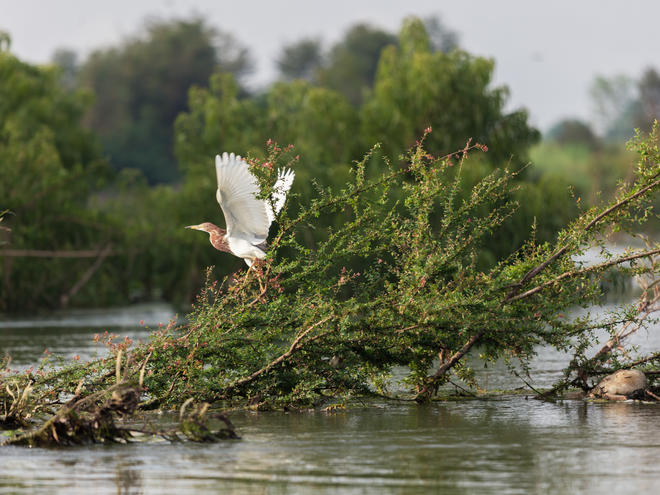

Water is essential for all life on Earth. Fresh water is used for drinking, sanitation, agriculture, transportation, electricity generation, and recreation. Freshwater habitats—like lakes, rivers, streams, and wetlands—house more than 10% of all known animals and about 50% of all known fish species.
One of these freshwater habitats, wetlands—a place where the land is covered by water, either salt, fresh, or somewhere in between—are often undervalued. They are the planet’s natural waste-water treatment facilities. And they’re crucial for food security. Between 300 million and 400 million people live close to—and depend on—wetlands. They support the cultivation of rice, a staple in the diet of half the world’s population. They also provide flood control, clean water, shoreline and storm protection, materials, medicines, and vital habitat.
Upwards of half of the world’s wetlands are estimated to have disappeared since 1900, despite their value to the human population. WWF is working to conserve and protect these valuable habitats.
Learn more about the importance of wetlands:
1. What is a wetland?
A wetland is a place in which the land is covered by water—salt, fresh, or somewhere in between—either seasonally or permanently. It functions as its own distinct ecosystem. You can recognize wetlands from other land forms or bodies of water primarily by the vegetation that has adapted to wet soil.
2. What kinds of species live in wetlands?
A wide variety of species live in wetlands. Wetland birds include ducks, geese, gulls, kingfishers, and sandpipers. Wetlands are welcoming places for birds who use them as pit stops during long migrations, providing them with protection and food. Mammals like otters, capybaras, minks, beavers, and waterbucks also live in wetlands. And, of course, fish!
3. What are some of the world’s largest wetlands?
The West Siberian Lowland, Amazon River Basin, and Hudson Bay Lowland are among the largest wetlands in the world. The world’s largest protected wetland is Llanos de Moxos, located in Bolivia. It is more than 17 million acres—roughly equal in size of North Dakota.
4. How are wetlands natural water filters?
Wetlands trap pollutants such as phosphorus and heavy metals in their soils, transform dissolved nitrogen into nitrogen gas, and break down suspended solids to neutralize harmful bacteria. New York City found that it could save $3 billion to $8 billion in new wastewater treatments plants by purchasing and preserving $1.5 billion in land around its upstate reservoirs.
5. What are the different types of wetlands?
Wetlands take many forms including marshes, bogs, estuaries, mudflats, ponds, swamps, billabongs, lagoons, lakes, and floodplains. Most large wetland areas often include a combination of wetland types.
6. What are bogs?
Bogs are wetlands that accumulate peat. Almost all water in bogs come from rainfall. Bogs take thousands of years to develop in old lake basins or depressions in the landscape. Because they are unsuitable for agriculture, forestry, or development they provide a haven for many different species like moose, black bears, lynx, and snowshoe hares.
7. What is the Ramsar Convention?
The Ramsar Convention is an international treaty for wetlands protection. It was established more than 40 years ago to protect wetlands. Today, there are more than 2,000 wetlands, covering 476,000 acres, designated as Wetlands of International Importance. About 75% of the sites added to the list since 1999 were included as a result of WWF’s work.
8. What threats do wetlands face?
Wetlands face threats from pollution, climate change, dams, agriculture, and development. WWF works to preserve wetlands around the world, through projects that support the Ramsar Convention, as well as by promoting climate change adaptation.
9. What happens when wetlands disappear?
Without wetlands, cities have to spend more money to treat water for their citizens, floods are more devastating to nearby communities, storm surges from hurricanes can penetrate farther inland, animals are displaced or die out, and food supplies are disrupted, along with livelihoods.
Read the full article at: http://feedproxy.google.com/~r/WWFStories/~3/3Kycgsfzi8w/what-is-a-wetland-and-eight-other-wetland-facts

